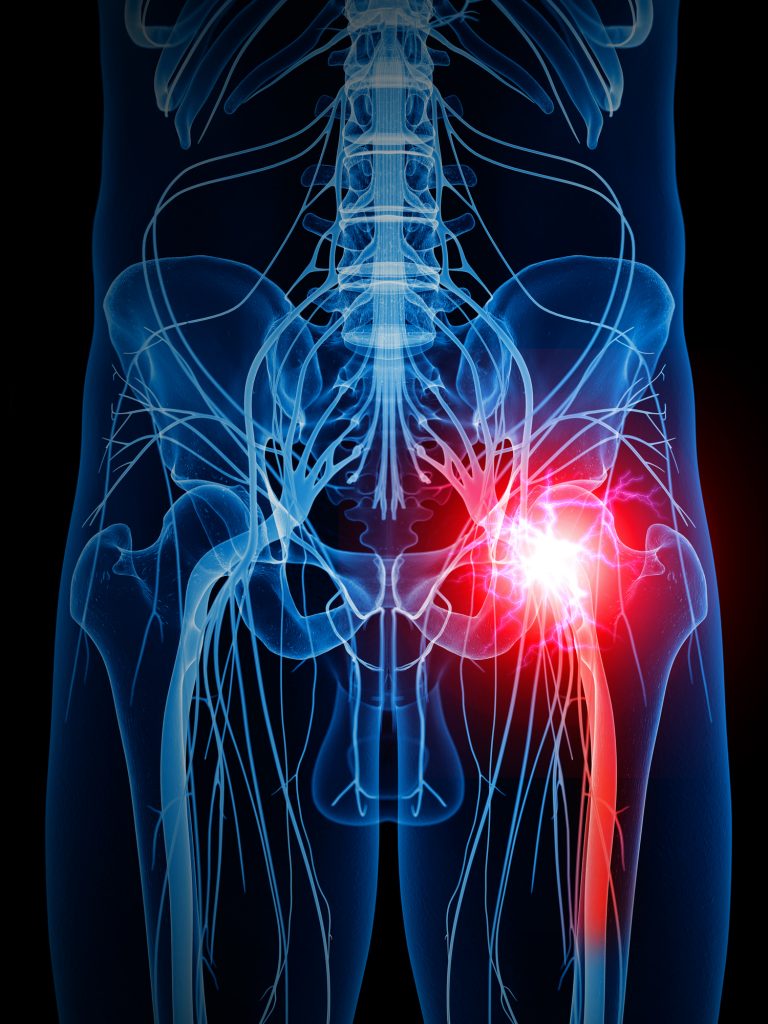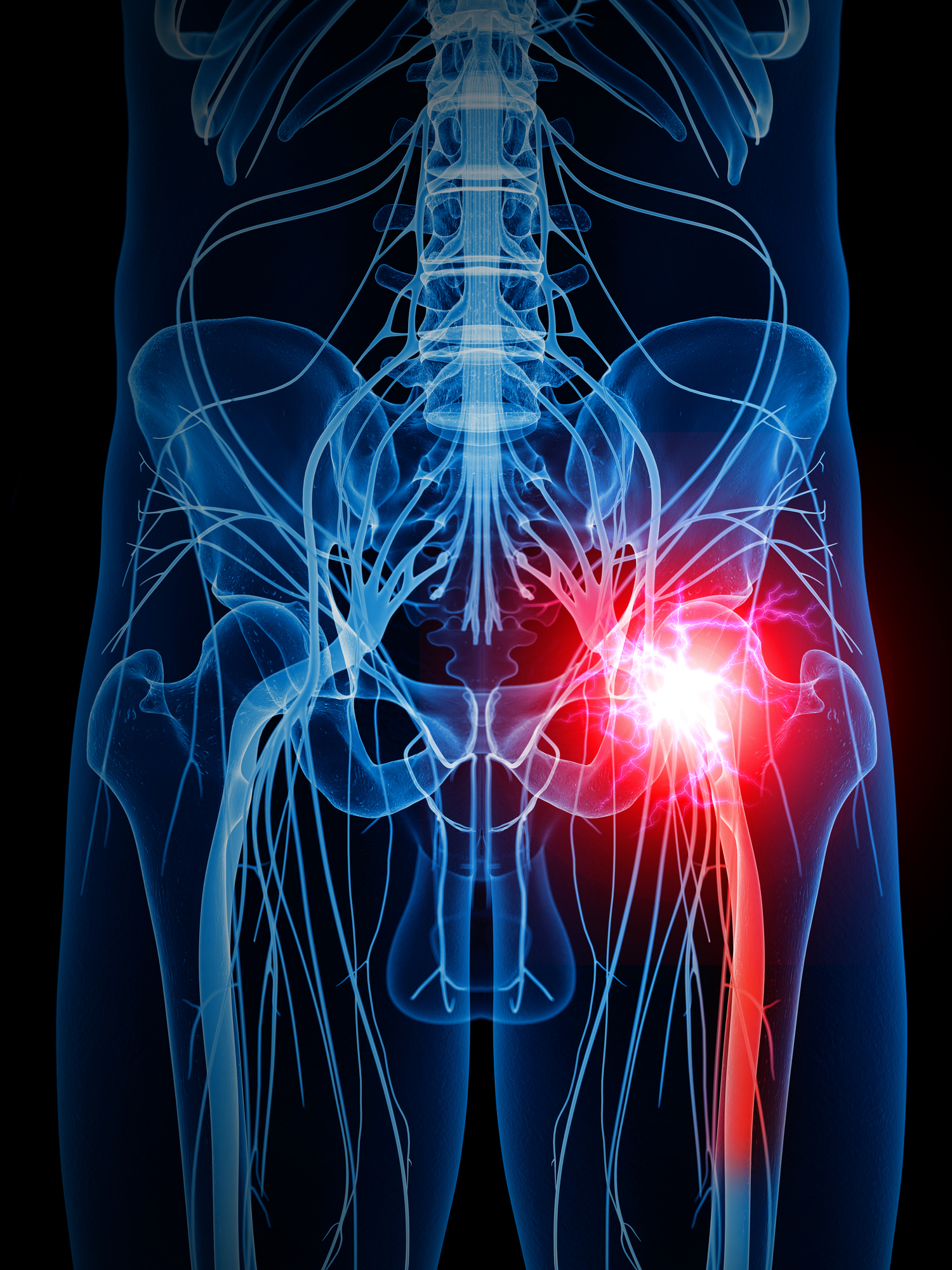The contraction of spinal meningitis is considered a medical emergency for two reasons: 1. It has a high mortality rate if gone untreated, and 2. The symptoms are extremely painful and can lead to secondary defects that can be life threatening.
Meningitis is characterized by the inflammation of the membranes that cover both the brain and the spinal cord. Bacteria, viruses, fungi and parasites are the most common causes, though there have been reports of chemically-induced meningitis. The symptoms of spinal meningitis include high fever (over 100 degrees), severe headaches, dementia and stiffness of the neck.
At first, spinal meningitis might feel like the flu. Fever, chills and lethargy are common initial symptoms, and if a patient feels that he or she only has a common cold or the flu, treatment might not be sought immediately. A stiff neck and photophobia should soon follow, however, and these are classic symptoms of spinal meningitis.

The possibility of spinal meningitis is taken very seriously, and a physician will first order a lumbar puncture (spinal tap) so that he can microscopically examine cerebrospinal fluid for a complete blood count with differential. He will also perform a chemical analysis and bacterial cultures.
Because spinal meningitis affects the brain as well as the spinal cord, neurological defects are common. If there is any sign of intracranial pressure, the physician will order a CT scan of the cranium to try and locate any points of brain herniation or brain damage.
In all cases of spinal meningitis, the patient must be hospitalized for close observation and to administer medication. For bacterial meningitis, antibiotics will be given orally at first, and then delivered intraveinously until the worst of the symptoms pass. Antibiotics will be given even more regularly if there is a possibility of intracranial pressure from the swelling of tissues.
Viral meningitis, on the other hand, cannot be treated with antibiotics. In most cases, viral meningitis will not be as severe as bacterial meningitis, and patients will recover much more quickly. If there is a possibility for seizures, the physician may prescribe anticonvulsants such as phenytoin to counteract that possibility, and corticosteroids may be necessary to guard against brain inflammation.
There is a cause for alarm is the patient has been in recent, close contact with other people, such as at school or summer camp. Spinal meningitis can spread rather quickly, and students or adults in close contact with others should be monitored closely for signs of the disease. In order to prevent future illness, students or adults who have been exposed to spinal meningitis will be given a prophylactic treatment of antibiotics. Such drugs may include rifampicin, ceftriaxone or ciprofloaxacin.

The most important thing is that treatment be received immediately is that spine surgeon in Austin always perform operations with modern equipment and machines to reduce the threat that might come during the time of operating, because its all related to the neurological system of the body.
At the first sign of neck stiffness or unusually strong flu symptoms, the patient should be taken to the doctor for tests. Patients who avoid the doctor or who ignore symptoms will be less likely to recover from the illness, and at a much higher risk for permanent brain damage.
Pregnant women who contract spinal meningitis may have to stay in the hospital until she has carried the child to term. An intense barrage of antibiotics at birth may keep the infant from developing spinal meningitis as well, and proper pre-natal care will lessen the chances of the child being born with birth defects. Women with spinal meningitis should be given ceftriaxone rather than any other type of antibiotic, as drugs of any kind are dangerous during pregnancy.
Vaccinations have been developed for certain strains of spinal meningitis, though some are more effective than others. Specific vaccinations for meningitis prevelant in Norway and Africa have been given to great success, and vaccinations for childhood meningitis have also been quite effective.

